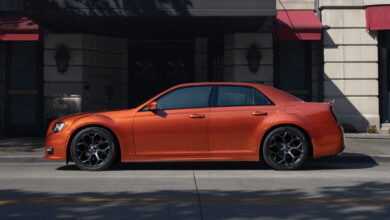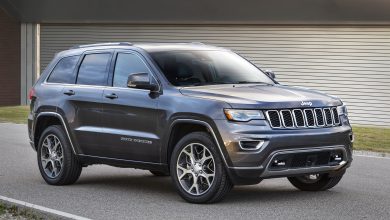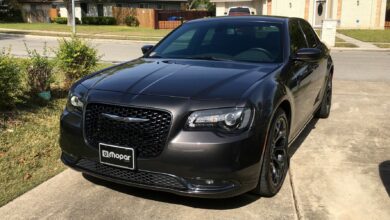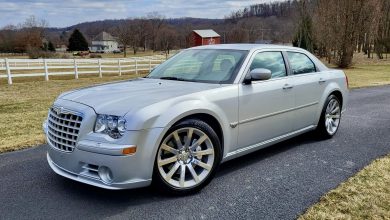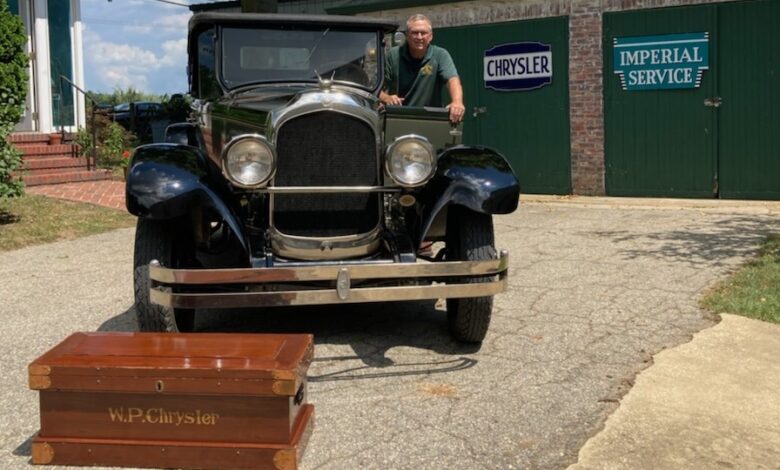
My Great-Grandfather was Walter P. Chrysler. For the past 45 years, my goal has been to save the brand as the former Chrysler Corporation was slowly reduced in brands and subsidiaries. Thankfully, Stellantis CEO Carlos Tavares has provided new life to the brand, and the current Chrysler boss, Chris Feuell, in my opinion, has what it takes to move Chrysler to a new frontier.
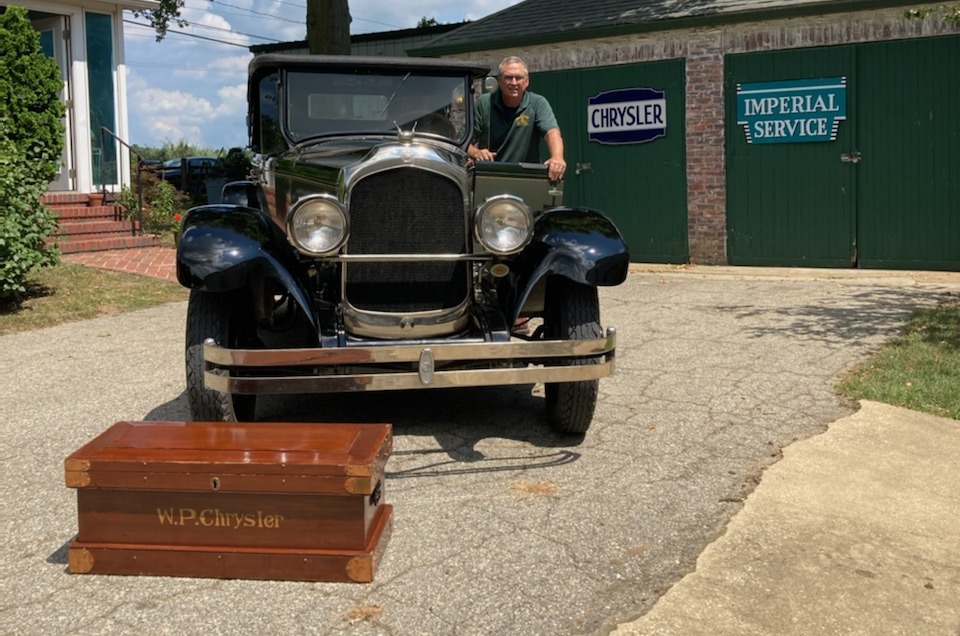
The leaders at Stellantis have figured out that FIAT, Peugeot, Maserati, and Alfa Romeo will never be large mainstream products, especially for the blue-collar workforce and middle class in the United States. So, I do have some concerns regarding this rush to electric vehicles and thought I would share my opinion.
A short review of Chrysler and its electric history:
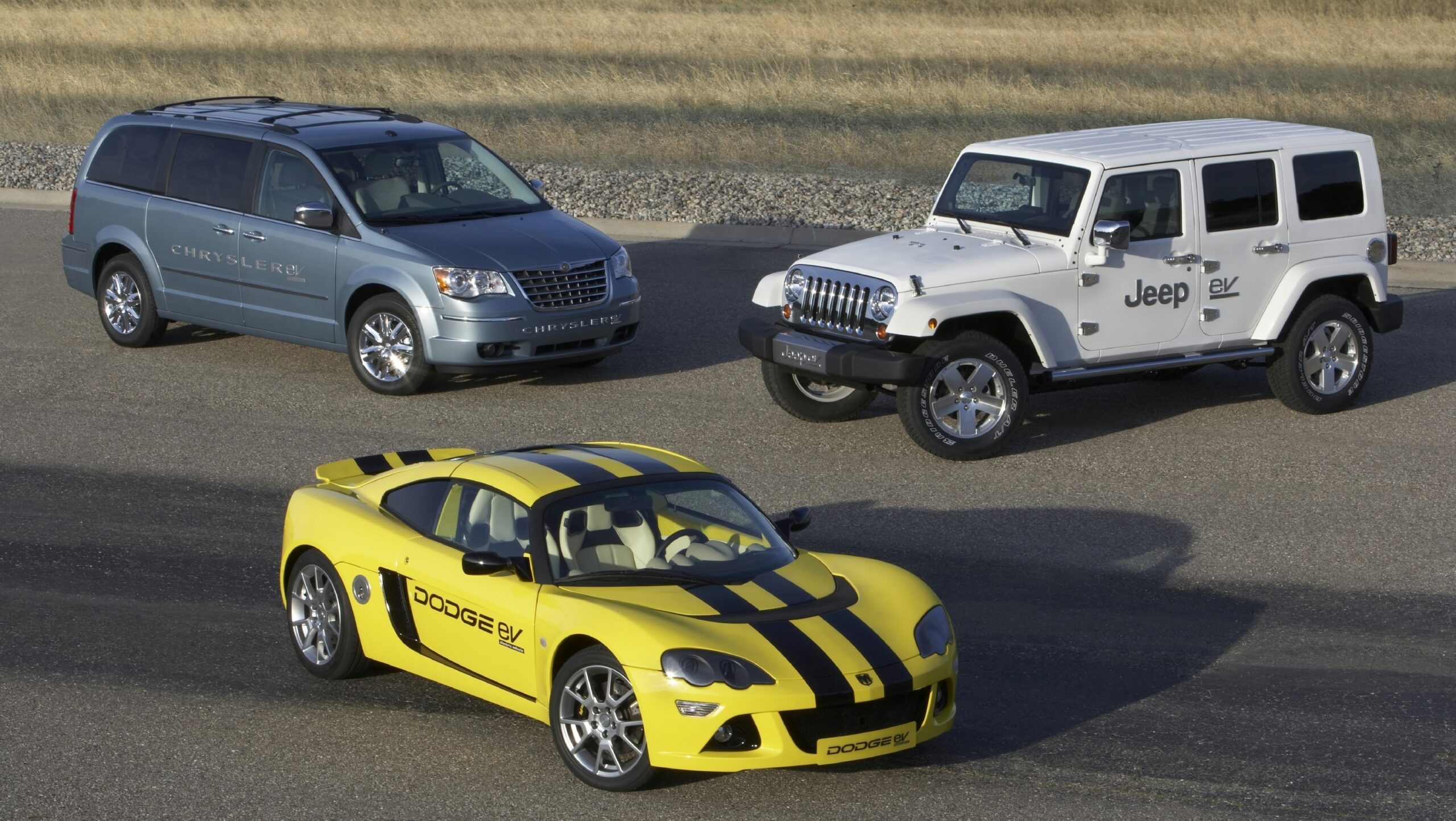
Led by Lou Rhodes, ENVI, an in-house Chrysler organization, was formed in September 2007 with a focus on establishing Chrysler leadership in electric-drive vehicles and related advanced-propulsion technologies. Team members were selected for their exceptional skills in portfolio management, modular architecture, product engineering, manufacturing, design, and procurement and supply.
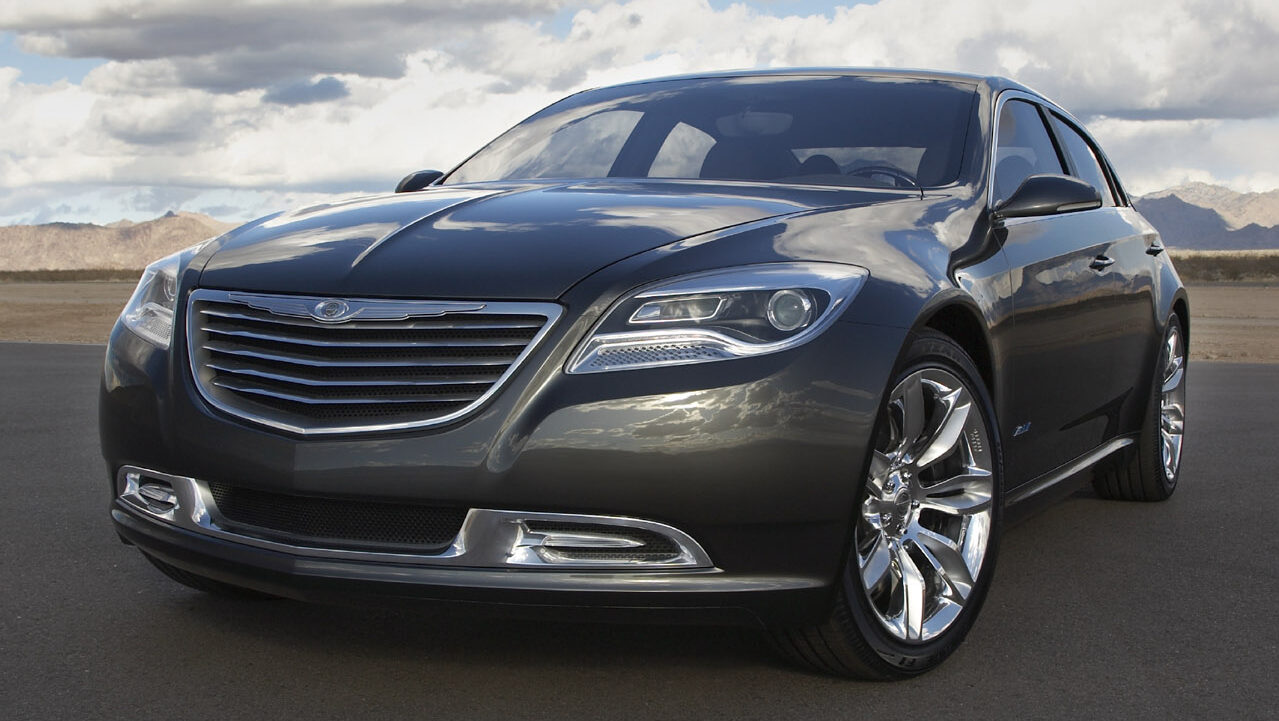
At the time, Chrysler Group had developed products like the Chrysler Town & Country EV, Jeep® Wrangler Unlimited EV, Lotus-based Dodge Circuit EV, and the striking Chrysler 200C EV Concept.
However, the organization was disbanded in November 2009, after FIAT took over the Chrysler Group. So much for Chrysler being the “ENVI” of electric vehicles.
In 2000, DaimlerChrysler purchased Global Electric Motorcars (GEM). It took until 2004 for the new partnership to start building new models. However, by January 2006, GEM had over 150 dealers.

I remember seeing them drive inside the Auburn Hills Headquarters and have been told that many still roam the building to this day. Unfortunately, in April 2011, Chrysler Group sold GEM to Polaris Industries, Inc. where it remains today.
Chrysler was clearly ahead in the electric game during the mid-2000s, contrary to what most of the public thought.
But while those vehicles are the most familiar with present-day Mopar enthusiasts, Chrysler’s electrified path goes back even further with its roots going back to the “ELECTROBAT”. The Electrobat was one of the very first electric vehicles.
Manufactured in Philadelphia, Pennslyvania in 1894, the Electrobat would later become part of Rinker Electric in 1896, then go through a number of names like Electric Vehicle Co., Columbia Electric, Columbia, Columbia-Knight, eventually merging with other automakers to form the United States Motor Company in 1911, then officially become Maxwell Motor Company in 1913, before being changed to Chrysler in 1924.
Then there was the Chrysler TEVan which was built from 1993 to 1995 by Chrysler and sold primarily to electric utilities throughout the United States. The first generation used either nickel-iron or nickel-cadmium batteries. Only 56 were produced and sold for approximately $120,000 each. Half were produced using nickel-iron batteries and the other half were equipped with nickel-cadmium packs. The TEVan was built on the same production line as the gasoline-powered minivans at Chrysler’s Windsor Assembly Plant. It had a top speed of 70 mph, seating for five adults, and a curb weight of 5,060 lbs.
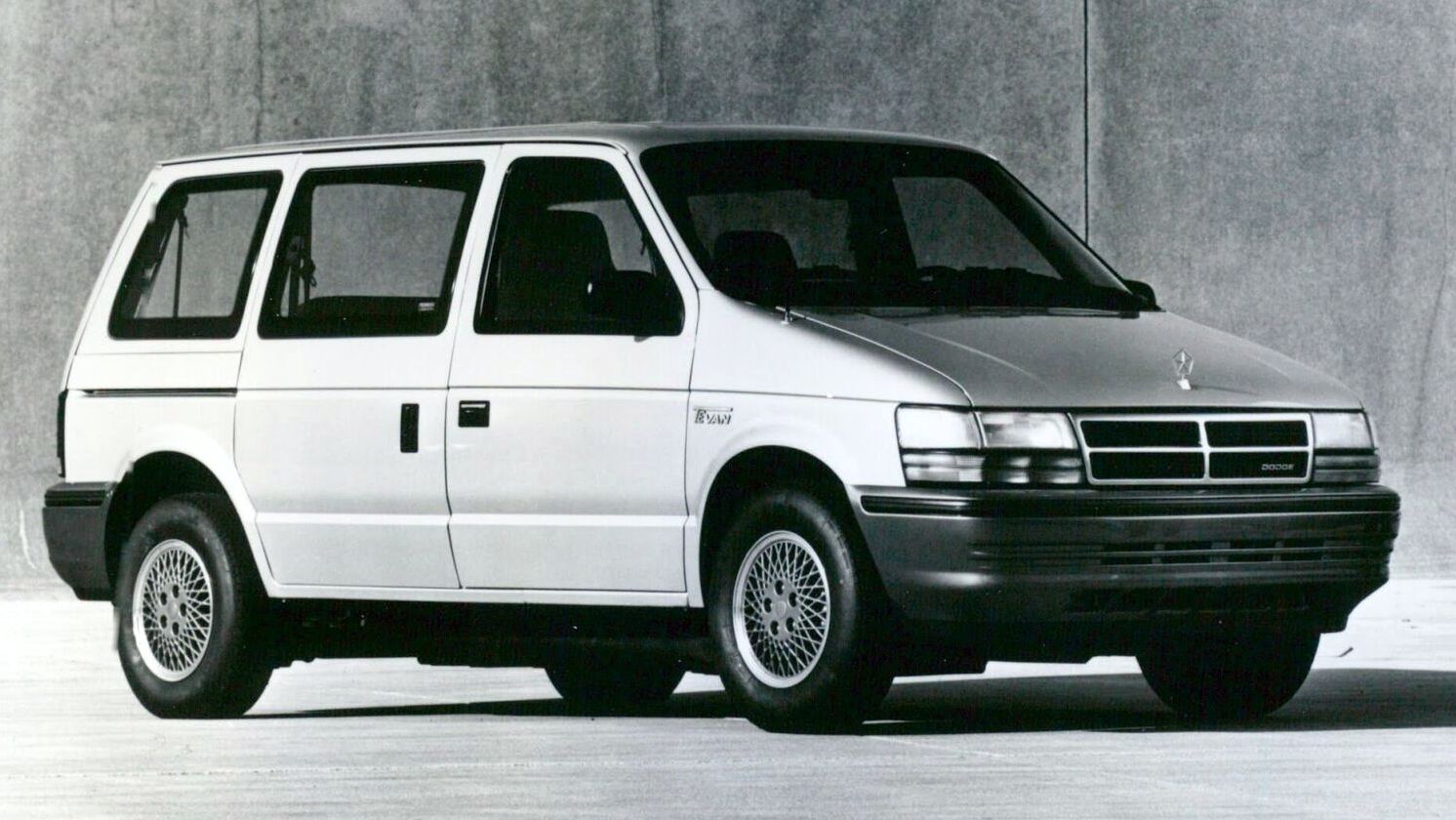
The second generation, named the Electric Powered Interurban Commuter Vehicle (EPIC), was launched in 1997 with advanced lead acid batteries and later in 1998 with nickel-metal-hydride batteries. It was offered for lease in New York and California in 1999.
Chrysler’s current path to electrification:
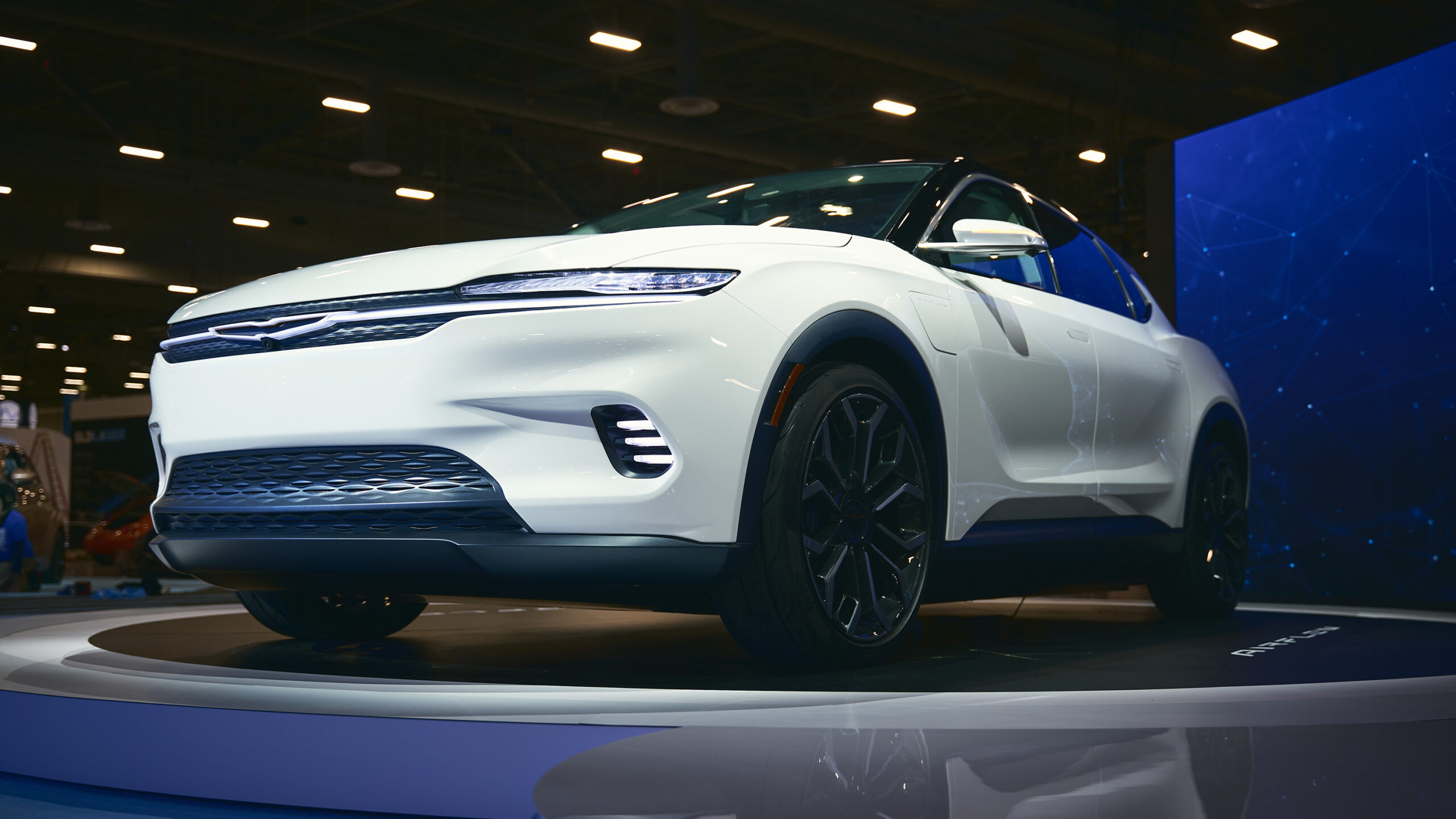
Since 1924, the Internal Combustion Engine (ICE) has been the core power system for the Chrysler Corporation and its affiliated companies. With Chrysler turning 100 years old shortly and nearly 90 years after the inception of the original Airflow, a new electric vehicle with the iconic nameplate will arrive. The new Airflow battery-electric vehicle (BEV) is a five-passenger crossover based on the all-new STLA Large architecture and was introduced unofficially during the Stellantis EV Day 2021 presentation, catching a lot of people in the automotive industry by surprise.
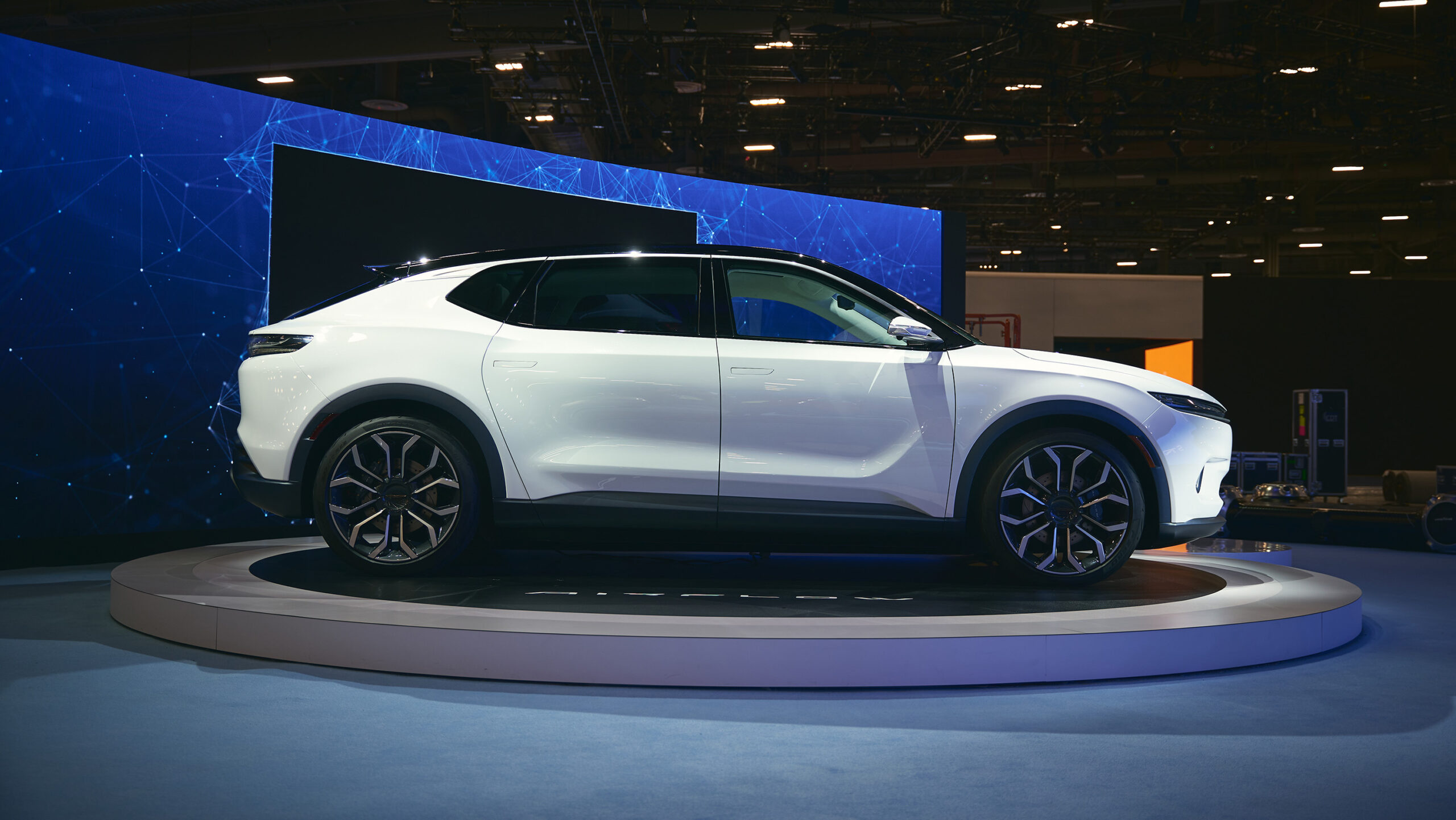
Chrysler presented its new BEV concept, at the Consumer Electronics Show (CES) in Las Vegas, on January 5th, 2022. For all of the Chrysler historians, it was on January 5th, 1924 that my Great-Grandfather introduced the first-ever Chrysler at the Commodore Hotel in New York City.
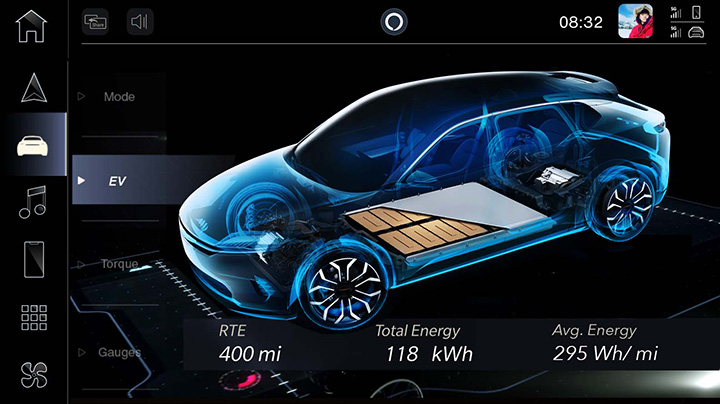
On September 7th, 2021, Chris Feuell joined the Stellantis team as the CEO of Chrysler. Under Tavares, the Chrysler brand was given life and a breath of fresh air under Feuell began.
With the STLA Large architecture, the Chrysler brand is poised to deliver a portfolio of all-electric products by 2028. With the Airflow already given the greenlit, the next-generation minivan, another crossover vehicle, and possibly a sedan are rumored to be in the works and will be in production by the end of the decade.
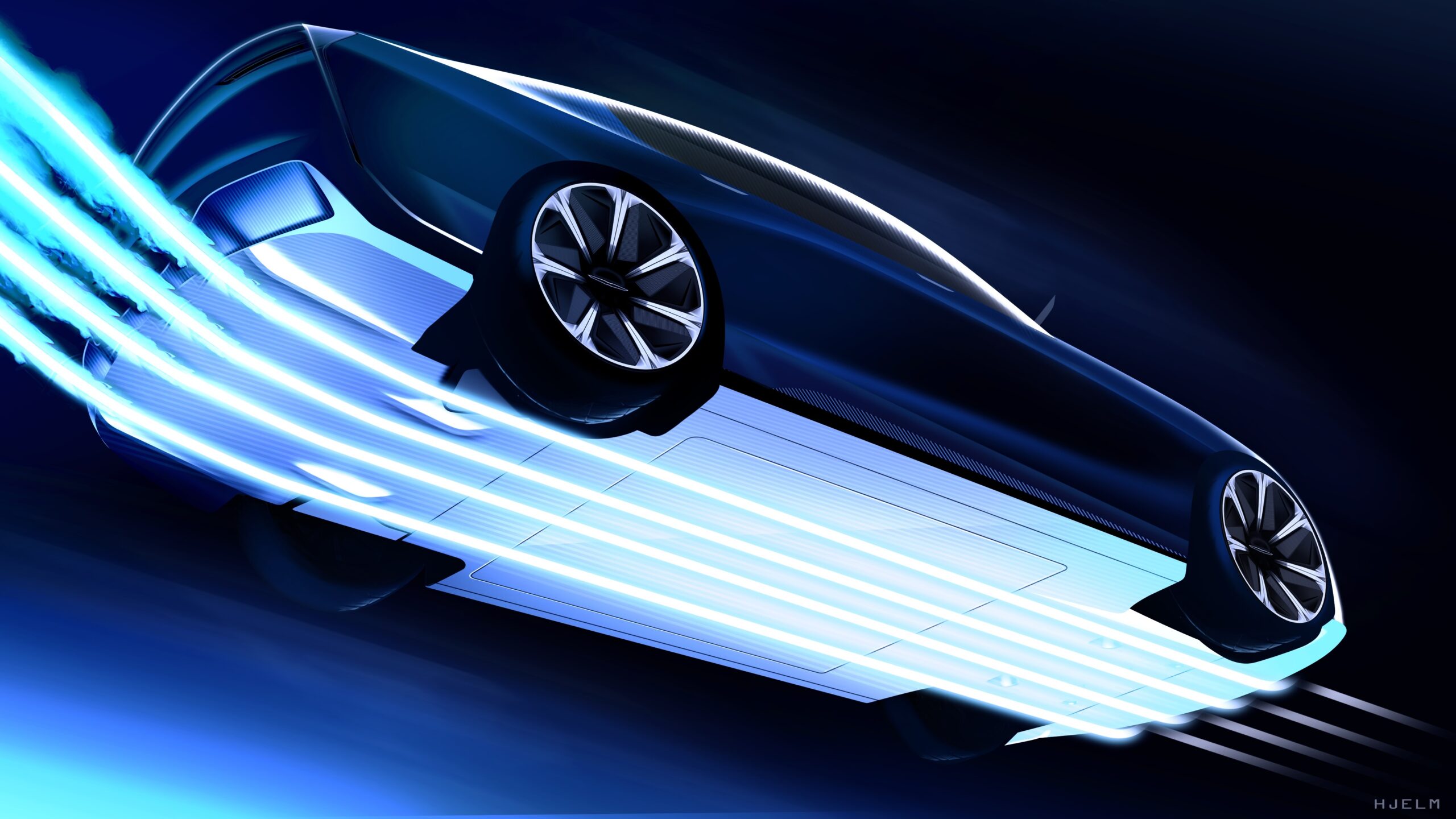
But while Chrysler is aiming to be an all-electric brand, the STLA Large architecture does offer the brand flexibility that if something were to happen to its current plans, the vehicles could also feature ICE, plug-in electric (PHEV), or hybrid-electric (HEV) propulsion systems as well.
Having options in an uncertain future:
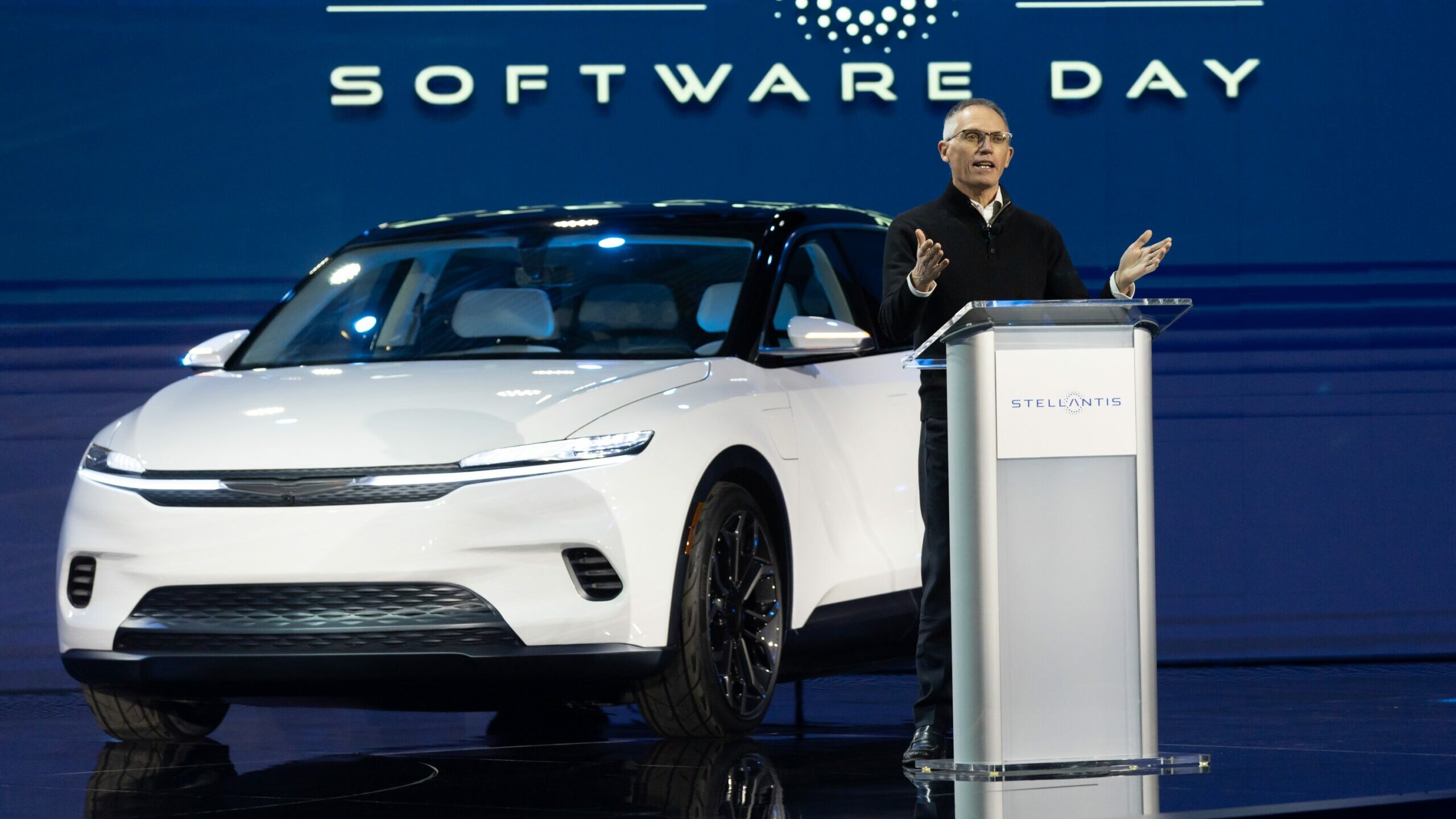
Tavares has said that 96% of the vehicles sold in the United States by the end of 2025, will offer some type of electrified option; either BEVs, PHEVs, or HEVs. These predictions are important as the field of discussion could possibly change. Tavares has expressed criticism for EVs, as he has said that “electrification is a technology chosen by politicians, not by the industry.”
Unlike General Motors (GM), Ford Motor Company, Volvo, Rivian, and some others who are betting on an all-electric future, is it the right direction to go? Toyota was the first manufacturer who focused on major hybrid production, but now their CEO, Akio Toyoda has joined Tavares expressing his concerns over full electrification. Both CEOs are smart and protecting their interests in the United States as our political pendulum could take a dramatic change at any point.

What happens if oil starts to flow again and prices drop? Toyota and Stellantis, do not believe that BEVs are the only solution to producing more sustainable vehicles and achieving “carbon neutrality”.
More and more questions:
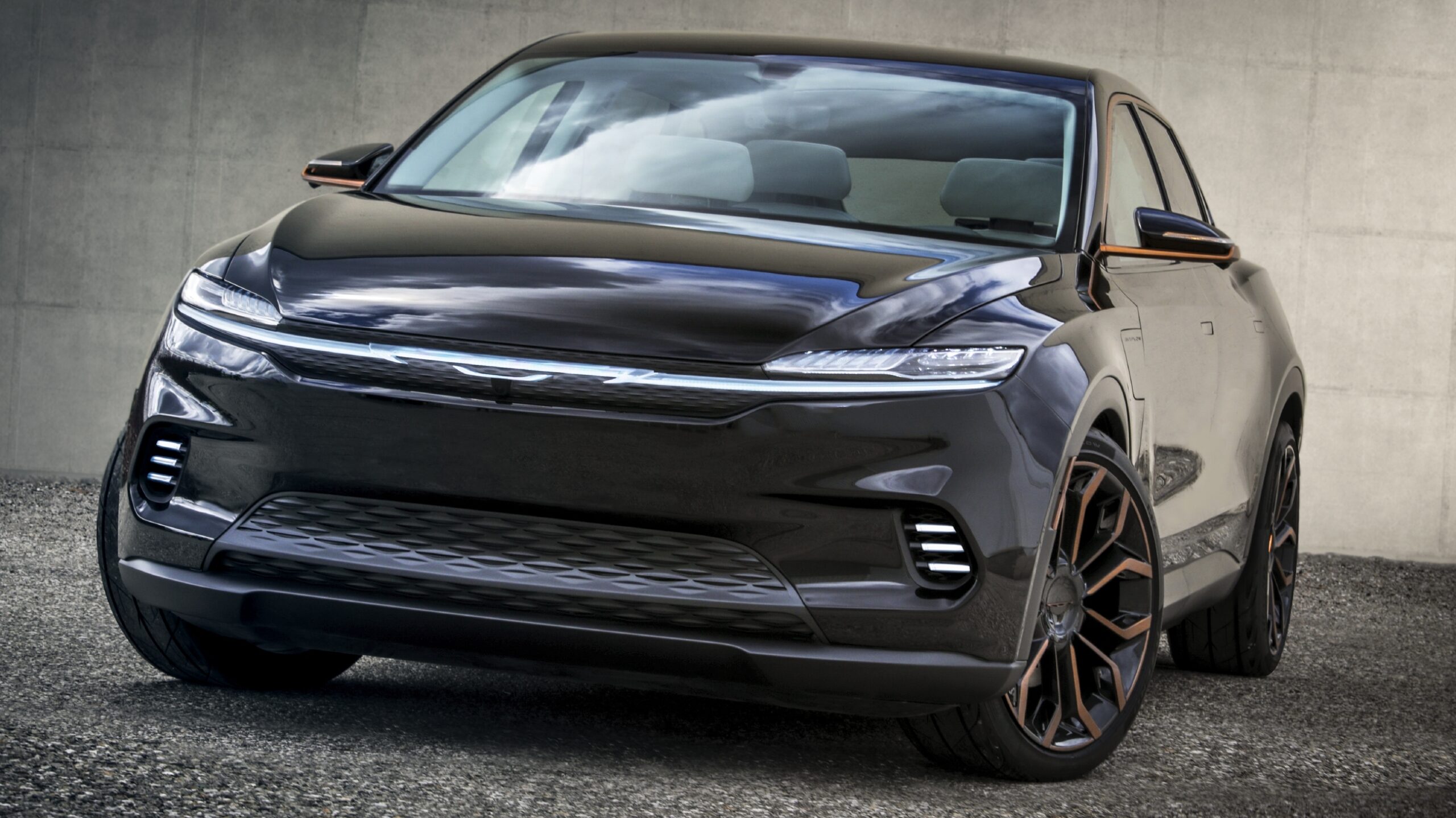
There are also other issues at hand. Affordability and how long will there be subsidies? Will the current dealers sell these new products or will automakers drop dealers in favor of their own boutique-like stores like Tesla?
Like Tesla, Rivian is also working hard to bypass dealers and is hitting roadblocks in several states. Ford has also put their dealer on notice, with Ford CEO Jim Farley saying he would like to have a more direct route with the automaker to purchase its future products.
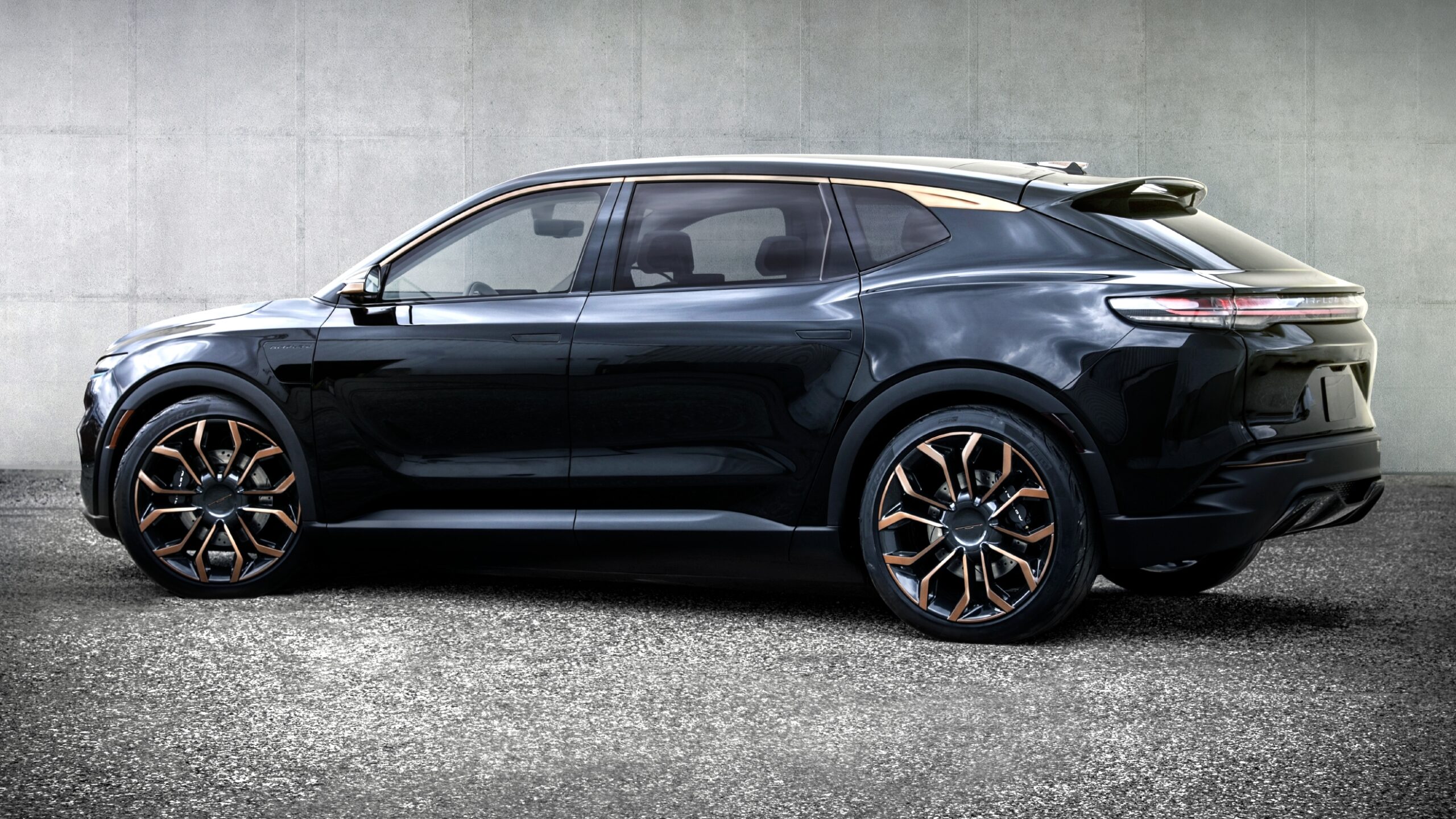
There is also the question of where our supplies of Lithium, Cobalt, Nickle, and Magnesium, the major ingredients in the production of batteries for BEVs come from, and are we beholden to any foreign country? How safely can we recycle these batteries and minerals?
Is there a good plan to install universal fast charging infrastructure and not clutter the landscape? Will these charging stations feature handicap parking spaces and how will it impact people with their older ICE vehicles having to park further away from shopping, various businesses, etc.?
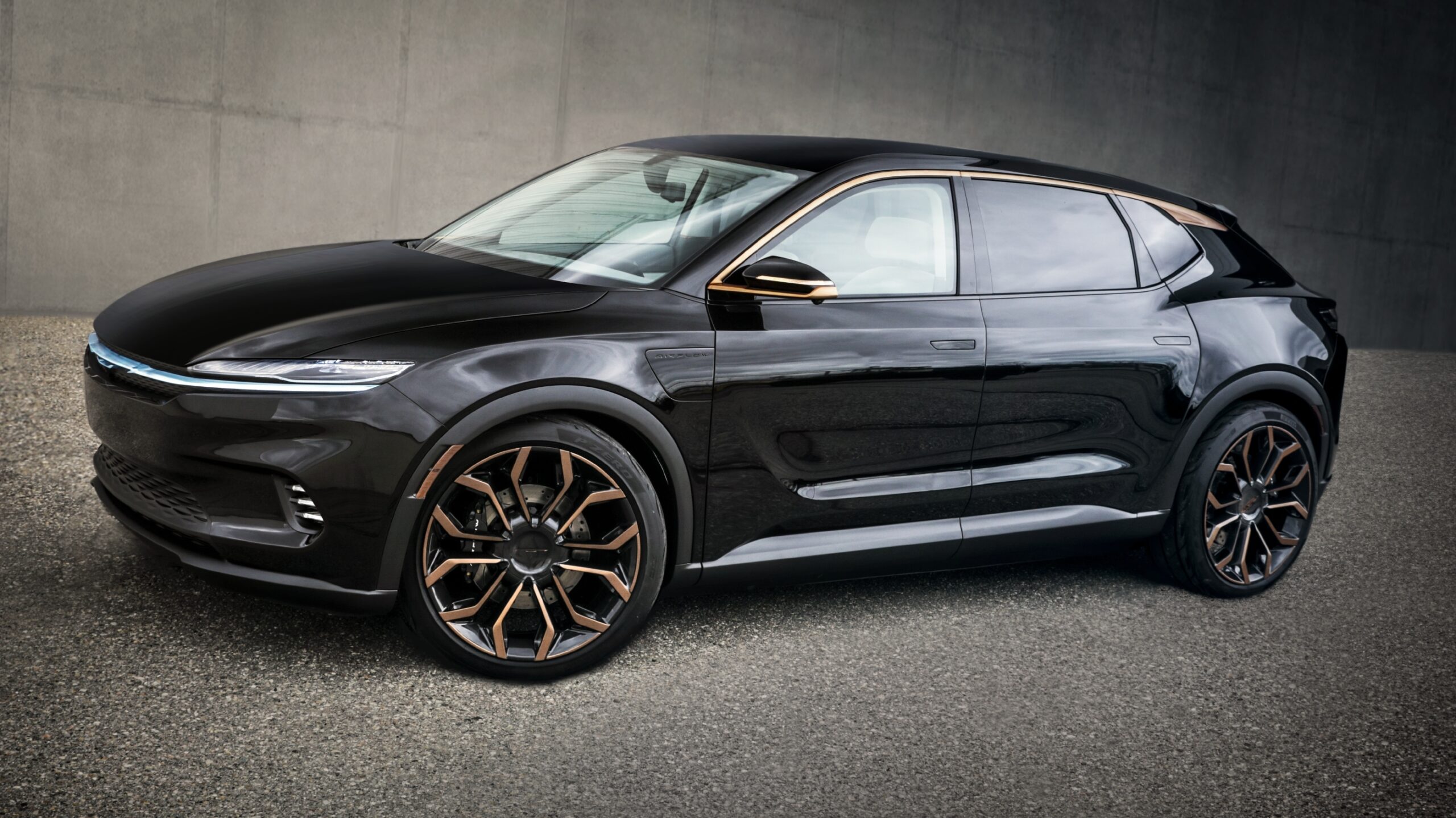
The Anderson Group put out a report, “Real world cost of fueling EVs and ICE vehicles” back in October of last year. Then, with lower fuel prices it was more costly to own a BEV. The second edition of the report done in April of this year showed that some BEVs have a fueling cost advantage, due to the higher energy prices. This tells me the whole nascent electric experiment for now is on somewhat shaky ground.
I am for protecting our environment but as one political party is against oil and the other is for a free market where does this experiment go? As Mr. Tavares said, “this technology is chosen by politicians” and I would have to agree with him.
For now, the Chrysler brand and its flexible architecture seem to be a safe option. The sky is the limit for the iconic brand my Great-Grandfather started.


